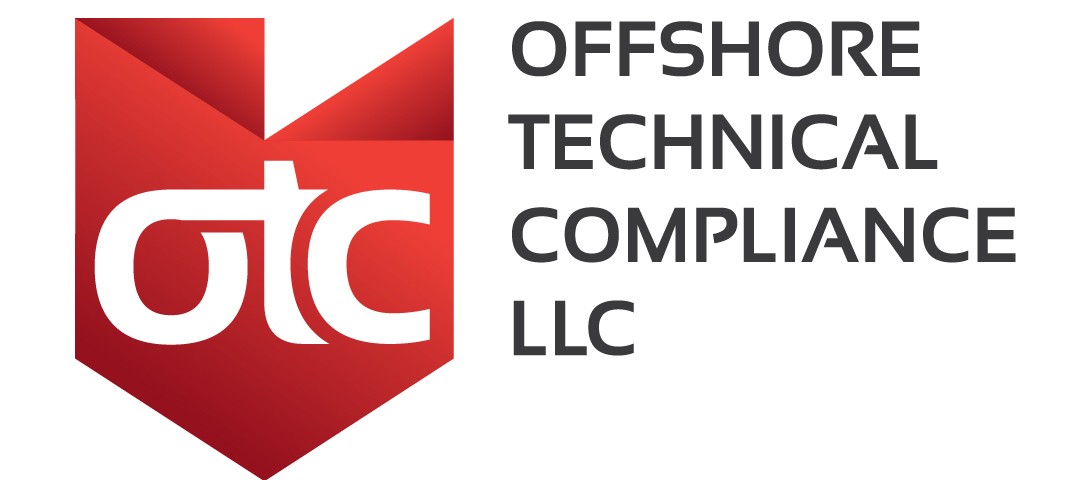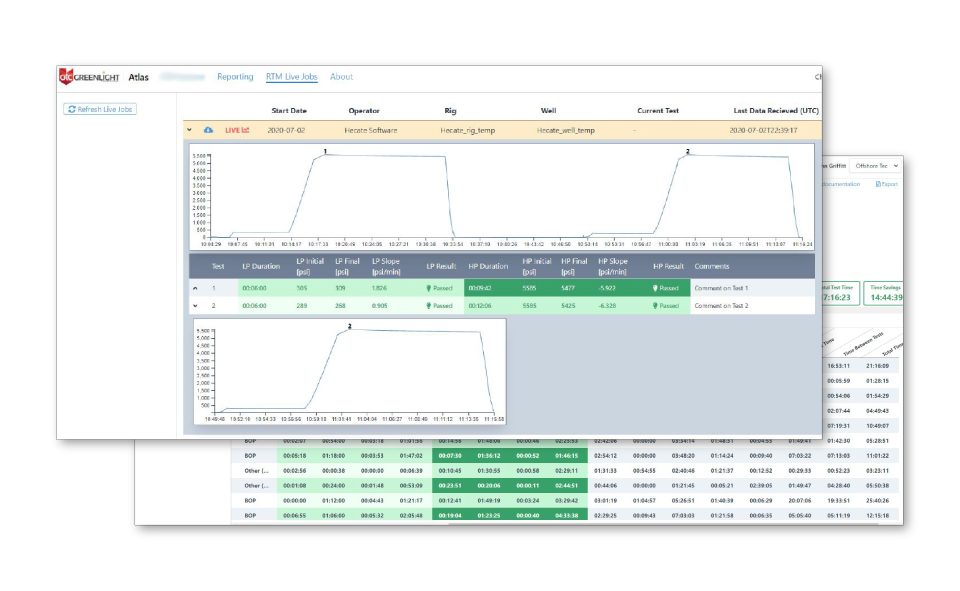- Have any questions?
- +985-727-7400
Standard 53 Applies to Subsea Well Intervention Systems

External Tank Visual Inspection Criteria
December 21, 2016
GREENLIGHT: A Flexible and Simple Digital Pressure Testing Solution
February 23, 2017
BSEE Well Control Rule Hitting More Than Just BOPs
The much-talked about and much-questioned 2016 Well Control Rule unveiled by the Bureau of Safety and Environmental Enforcement offers a laundry list of items to be phased in over time – including 14 key items.
While many items on this list center around blowout preventors, including design, manufacture, repair and maintenance requirements; use of dual shear rams in deepwater; additional BOP system technology requirements; third-party certification requirements; increased reporting standards; and additional testing requirements; the new Well Control Rule also has implications for subsea well intervention.
BSEE guidelines mention subsea well equipment in its list of action items for the establishment by regulation of criteria for the testing and inspection of subsea well containment equipment (NTL 2010-N10); but what will this mean for companies working on subsea well intervention projects?
Basically, BSEE sees intervention systems as well control equipment, and as such, is making the new Well Control Rule/Rule 53 applicable to these intervention systems.
It is a narrow scope within BSEE’s Well Control Rule, said Mike Bethea, CEO of Offshore Technical Compliance, but it could have a sweeping impact for oil and gas companies.
Many companies are working to figure out what BSEE expects as far as intervention system permits and inspections. According to a recent BSEE’s presentation, Standard 53 should be applied to invention systems, wherever applicable; however, though BOP failure reporting standards are more clearly defined in the new Well Control Rule, failure reporting for intervention systems is a bit of a gray area.
“If BSEE asks for reporting data, whether BOP failure information or intervention systems data, companies need to be ready to comply,” Bethea said, based on his decades in the oil and gas industry. “Well control and other industry rules are going to continue to get stricter and more specific. The only way companies will stay in business will be to be ready to comply with new regulations.”
Here are some of the items BSEE has noted in recent explanations in relation to types of subsea well intervention units performing decommissioning in the deepwater environment; its requirements when using a subsea intervention unit to perform well work; and upcoming changes in light of the new Well Control Rule.
According to BSEE, “subsea intervention units are in retrospect considered BOPs, per Subpart G. These units are being reviewed in accordance with the subsea BOP regulations as much as possible.”
BSEE noted that the well intervention guidelines apply for Intervention Riser Systems (IRS), Riserless Intervention Systems and Open Water Subsea Pumping Systems.
In Intervention Riser Systems, which have a surface BOP with a subsea well control package on top of the wellhead connected via a riser, the well control package must consist of an Emergency Disconnect Package (EDP) and a Lower Riser Package (LRP). The EDP/LRP is a system of valves and/or rams that will shear and seal the wellbore in case of a well control or other issue.
In Riserless Intervention Systems, the intervention unit contains a well control package, wireline lubricator and pressure control head located on top of the subsea wellhead. The well control package is a system of valves/rams utilized for well control purposes, designed to shear and seal the wellbore in case of a well control issue.
In Open Water Subsea Pumping Systems used for riserless subsea pumping operations, the intervention system is connected to the top of the wellhead or through the choke, depending on the tree design. The well stimulation tool is a system of valves – with at least two barriers – used for well control purposes.
Additionally, the following are currently being requested and reviewed by BSEE:
- Control system drawings
- Stump and initial on-bottom testing procedures
- Third-party shearing verification
- Third-party verification of the intervention unit
- Accumulator calculations, if applicable
Bethea said whether it is new offshore well control rules, marine compliance, BOP regulations or drilling safety, the industry is changing – largely in the name of safer work environments and environmentally friendly operations.
“After many years in the industry, I can definitely name many changes and technical advances that have made oil and gas a safer place to work,” Bethea said. “As with any new regulations, the important thing is to stay up to date and ensure your personnel and equipment are up to spec.”
“All the new safety regulations in the world won’t save a life if no one understands and effectively applies them,” he said.
BSEE is requesting the HPU hydraulic drawings and intervention unit hydraulic drawings/P&ID to review the following:
- Correctly depict how the intervention system will operate
- Deadman/autoshear
- System circuitry
- Valve types
BSEE requires the following on a stack up drawing of an intervention system:
- HPU hydraulic drawings
- Inside diameter of the intervention system
- Location and type of locking devices
- Size range and sizes of all rams
- Location and sizes of choke/kill lines
Riser schematics, if applicable, should include number, size and labeling of all control, supply, choke and kill lines. Choke manifold drawings should show valves, pipes, flexible steel hoses and other fittings; and RWP must be equal to or greater than the RWP of the intervention system.
On third-party shearing verification, BSEE is requesting the following shearing data to be third-party verified:
- Actual shearing data showing that the valves or rams located on the intervention unit can shear an equal or more rigid workstring/wire than what will be across the stack during the operation you intend to perform with subsequent pressure tests.
- Theoretical calculations for each size pipe/wire that will be across the intervention stack calculated with a pressure equal or greater than the maximum anticipated surface pressure (MASP) must be submitted to show that the valving
or shear rams installed are capable of shearing any size workstring/coil/wire
across the stack under MASP. Not required for subsea pumping intervention systems.
Additional third-party verification requirements include the following before seeking BSEE permit approval:
- Test data demonstrates that the shear rams will shear at water depth.
- Intervention system was designed, tested and maintained to perform under the maximum environmental and operational conditions anticipated to occur at the well.
- Accumulator system has sufficient fluid to operate the intervention system without assistance from the charging system.
Stump test and on-bottom procedures call for:
- A full pressure test is required to MASP + 500 at the mudline.
- All ROV hot stab functions must be function tested with visual verification of closure.
- Must function test deadman and autoshear (if applicable), plus EDS systems.
Initial on-bottom test requirements include:
- A full pressure test is required to MASP + 500 at the mudline.
- Must function test and verify closure of at least one set of rams/valves through an ROV hot stab. Verification of closure can be done by a pressure test or a visual indicator.
- Must function test the deadman system and verify closure of at least one set of rams/valve. Verification of closure must be done with a pressure test at MASP + 500 taken at the mudline.
According to BSEE, all intervention units will be vetted through a compliance worksheet that follows Subpart G regulations. Any regulation not met must have a requested alternate compliance with reasonable explanation.
“Staying up with the ever-changing BSEE and other compliance requirements takes a team,” Bethea said. “When working through critical compliance issues such as these, it is often helpful to see the advice of a team of experts who have seen and done just about everything. Being able to speak with an expert – someone who frequently works with BSEE and other regulatory agencies on similar issues, and who can give you a clear picture of what you need to do to be in compliance, is a key benefit to OTC’s clients.”

